With Southern Industrial Belt, Ho Chi Minh City "thirsts" for social housing
 |
| Ho Chi Minh city and seven provinces will become the “Diamond Octagon” |
At a recent meeting with the southern provinces, Prime Minister Nguyen Xuan Phuc stated: “Ho Chi Minh City with the seven provinces of Ba Ria-Vung Tau, Dong Nai, Binh Duong, Tay Ninh, Binh Phuoc, Tien Giang, and Long An will become the new “Diamond Octagon”, bringing prosperity to Vietnam to catch up with the region."
The growth of Ho Chi Minh City not only involves big corporations but also hundreds of thousands of small- and medium- enterprises. The goal of the Southern Industrial Belt is to become the “leading engine” with dynamic growth, producing breakthroughs to elevate the entire economy. The tens of thousands factories and businesses, mainly locally-owned ones in Binh Chanh, Binh Tan, and Tan Phu districts, have created strong and sustainable development for the region, connecting the Mekong Delta provinces.
The industries will be interconnected and naturally interwoven based on the law of supply and demand, to create harmony. This connection will all come through the key ports in the southern part of the city, facilitating technology transfer, production, resources, as well as logistics and transportation.
Especially, the Binh Chanh area with the development of inter-regional transport infrastructure, a logistics centre at Tan Kien station connecting to the West through a high-speed train link, and the future Metro Line 3A train will connect with important economic ports. In the near future, there will be thousands of Vietnamese enterprises, factories, research centres, and private enterprises growing with great potential in this area.
The movement in the southern industrial belt, particularly the Binh Chanh area, will attract large investment capital and high-quality human resources to serve operation and development. Trained workers, engineers, technical experts, leaders, and supervisors from home and abroad will gather here, creating a new face for a vibrant economic region and the most innovative in the country of Vietnam.
Along with the explosion of industrial development comes the importance of investment in social infrastructure, such as housing for workers, engineers, and experts, together with school systems, facilities for relaxation, entertainment, shopping, healthcare, and services for daily life. Synchronous social infrastructure with a new economic belt will attract a strong workforce, production, trade and services.
Social housing – a push for the Southern Industrial Belt
Singapore, a country with limited land area, has successfully built concentrated housing areas full of public facilities to meet residents' needs for living, learning, shopping, and entertainment. The buildings have the advantage of being conveniently located along public transport routes.
In Ho Chi Minh City, the demand for affordable housing is very large, but in 2016-2019, only about 14 social housing projects with 10,255 units were put into use, while the real demand is 10 times bigger: about 134,000 units.
 |
| Social housing will facilitate the growth of the southern industrial belt |
It’s not hard to say that the need for affordable social housing is growing into a veritable thirst in Ho Chi Minh City, playing an important role in promoting regional connectivity, creating a driving force for the development of the southern industrial production belts, especially for large production centres such as Binh Tan and Binh Chanh area.
However, until now, the land bank that Ho Chi Minh city has reserved for social housing is very small, and there is also a difficulty in finding the investors willing to spend a large amount of capital for social infrastructure, synchronous transport infrastructure to build a model social housing area, to meet the blooming development of the South Saigon economy.
What the stars mean:
★ Poor ★ ★ Promising ★★★ Good ★★★★ Very good ★★★★★ Exceptional
Related Contents
Latest News
More News
- Industrial real estate stocks benefit from US election results (November 07, 2024 | 13:56)
- 2024 sees $1.41 billion in fintech funding so far (November 07, 2024 | 08:13)
- Trump at 266 electoral votes, Harris at 195: US media (November 06, 2024 | 14:30)
- Hanoi targets digital and high-tech investment with upcoming event (November 06, 2024 | 13:28)
- Public transport and real estate: The rise of Transit Oriented Development (November 05, 2024 | 15:06)
- Competition focuses on fostering circular economy (November 05, 2024 | 14:00)
- Digitalisation paves way for logistics market to compete (November 04, 2024 | 17:00)
- Green is new buzzword for logistics arena (November 04, 2024 | 15:31)
- Vietnam Economic Pulse Forum discusses sustainable growth (November 01, 2024 | 17:30)
- 2024 may be Vietnam's most successful year for FDI (November 01, 2024 | 16:10)


 Tag:
Tag: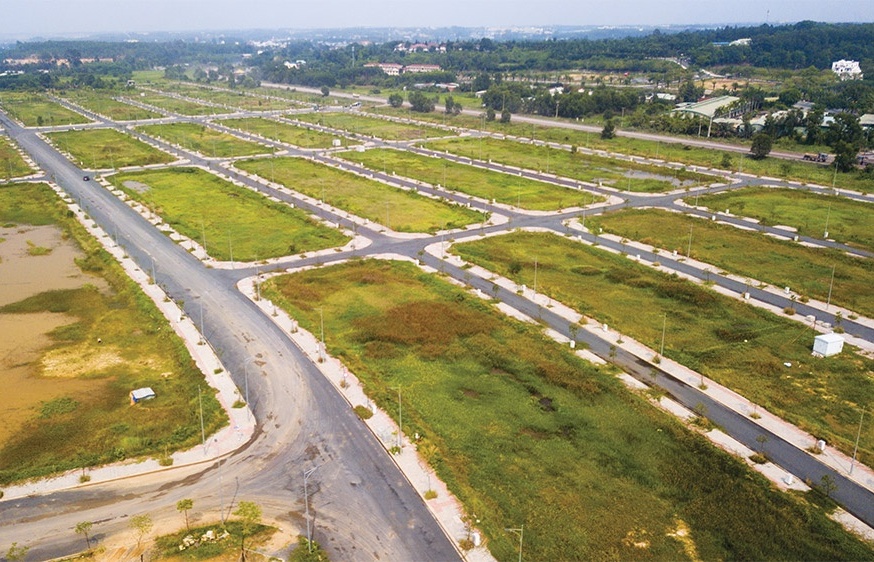
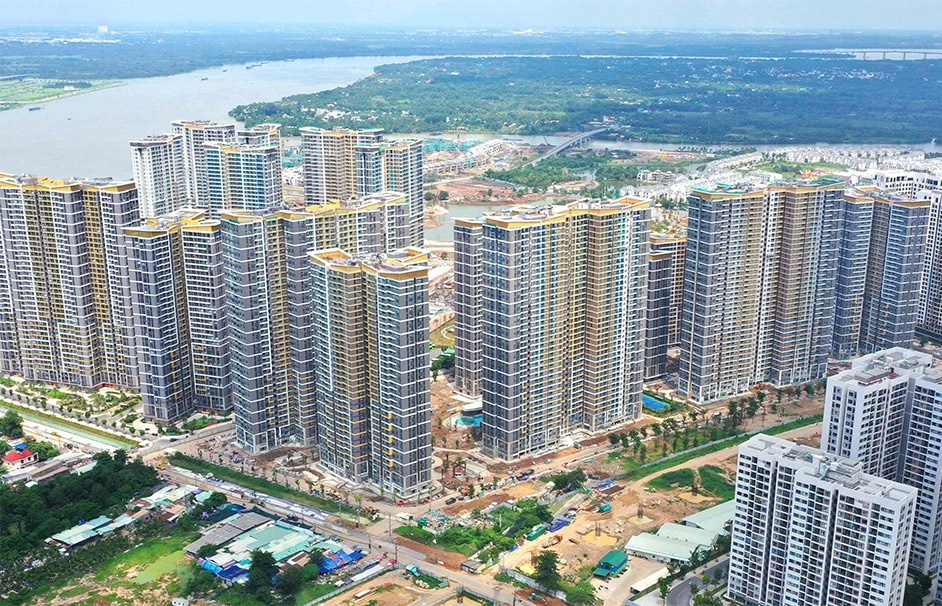


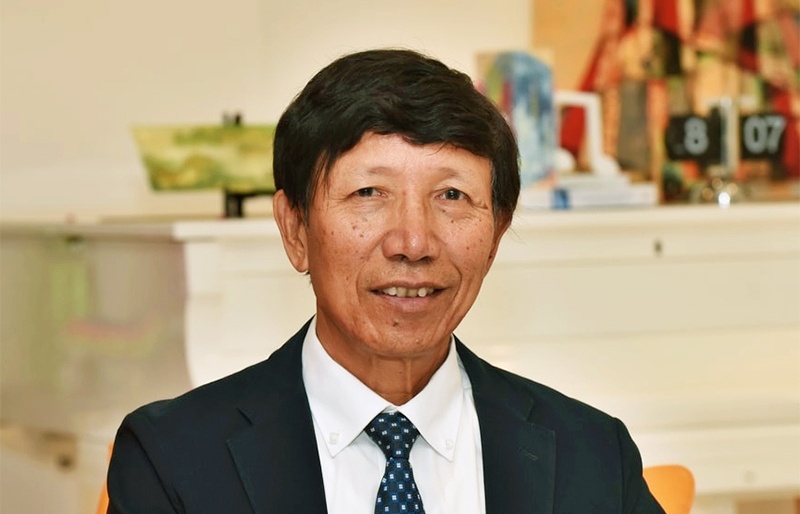
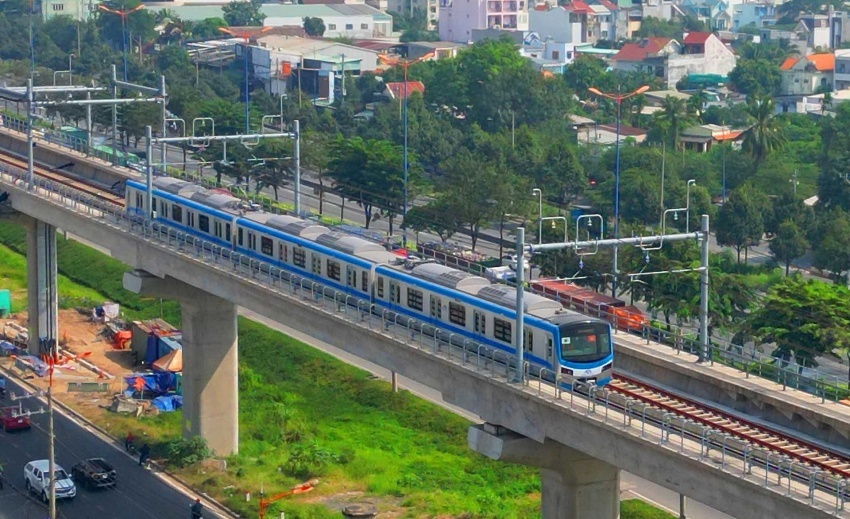



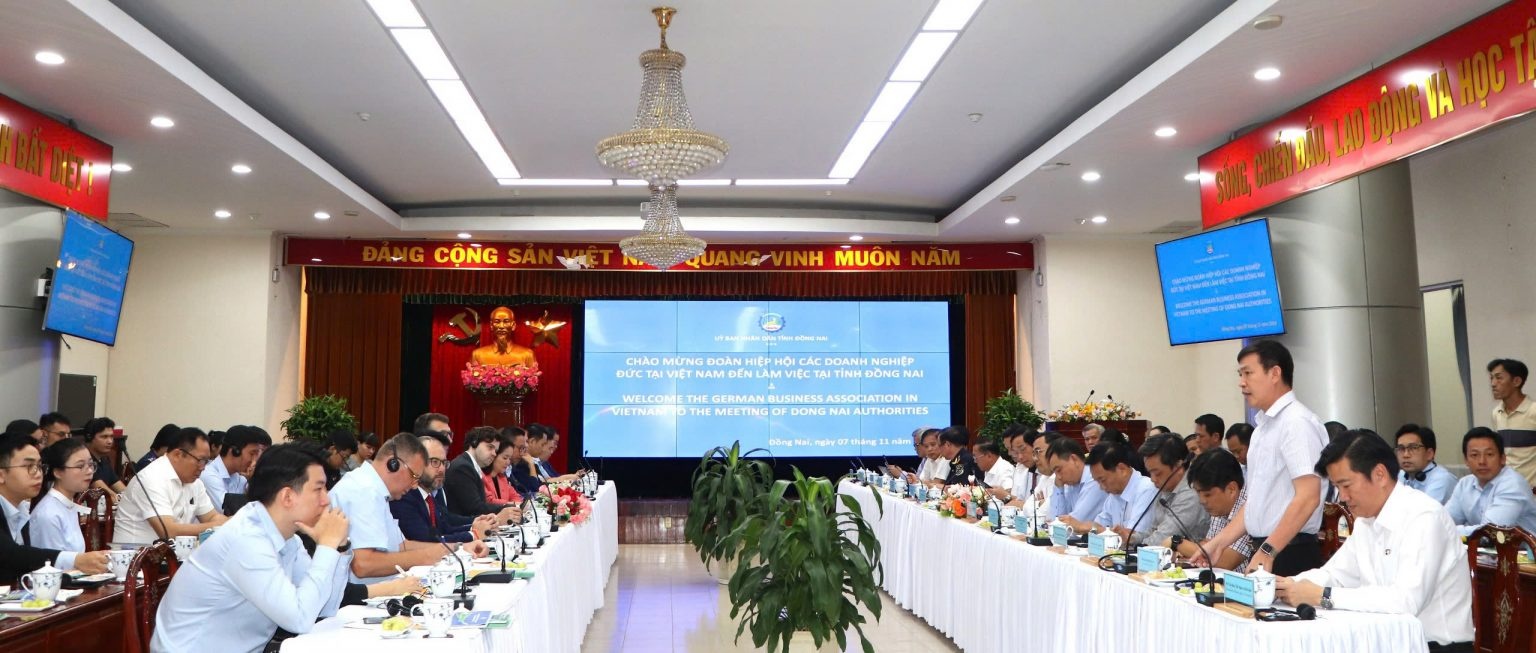













 Mobile Version
Mobile Version